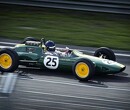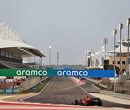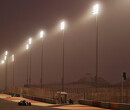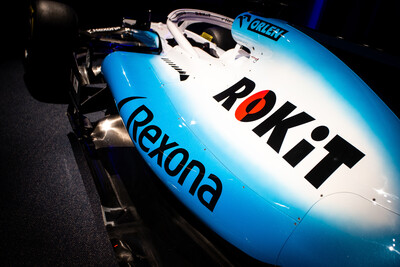The FIA has set out to improve the halo's aesthetics for its next version by reducing the thickness of the titanium and integrating it more delicately into the car. The controversial cockpit protection device will be used in Formula 1 this year, with Haas and Williams already showcasing it on their 2018 challengers.
The device has been bashed due to its unappealing visuals, but the FIA decided to make halo mandatory for the 2018 season after testing various other options. With teams only allowed to add fairings for aerodynamic purposes, FIA safety delegate Laurent Mekies has laid out plans for the halo 2.0.
"We have two main objectives," he told RACER. "One is the central strut, to see if we can have a reduction in thickness for visibility purposes. And secondly a better integration in the car, i.e. better aesthetics ultimately. So that's what we would like to see in stage two."
As well as F1 running the halo, it will be also used in Formula 2, while Formula E will introduce it in its fifth season which kicks off in December. Meikes says that only now after its initial implementation can the FIA focus on making changes to it.
"So the reality is that the last few months we have been trying to switch from a decision-making point to making it happen. So we had to get halo standards published, get halo suppliers certified, get halo suppliers to deliver certified parts, which in the end was an added complexity because not only did we do it for F1 but we did it for F1, F2 and Formula E pretty much in the same timeline.
"Now we are a few months later and the situation is quite good. Halo has been delivered, we have three suppliers now homologated, so we are now going to be able to put a bit more emphasis on the research on stage two."
Fergal Walsh

 9
9




















reg
Posts: 162
I am surprised that the FIA aren't insisting on...
Safety boots
High visibility jackets
Life-jackets
Ejector seat & parachute
etc etc ..............